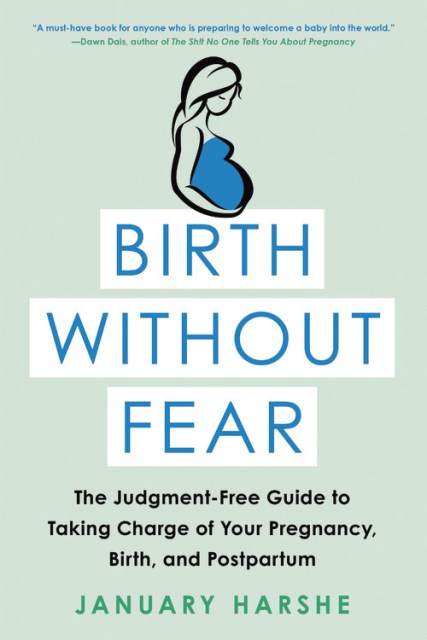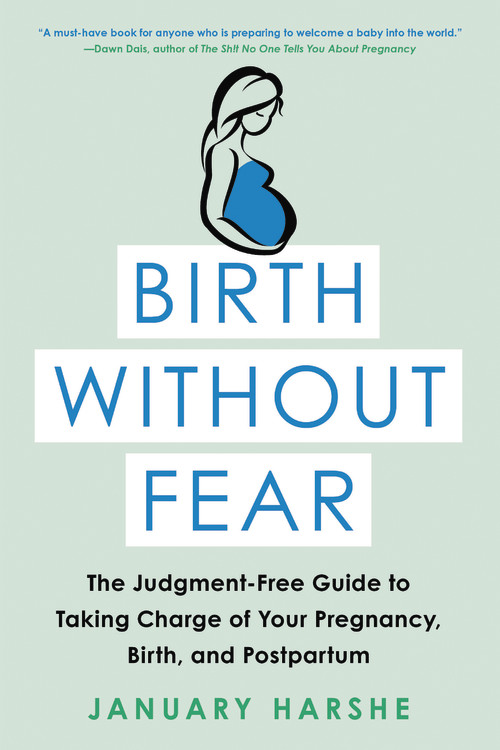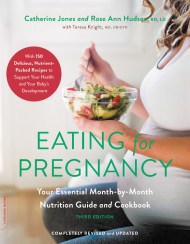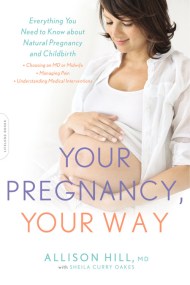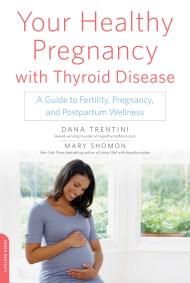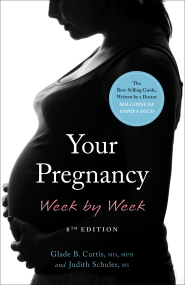By clicking “Accept,” you agree to the use of cookies and similar technologies on your device as set forth in our Cookie Policy and our Privacy Policy. Please note that certain cookies are essential for this website to function properly and do not require user consent to be deployed.
Birth Without Fear
The Judgment-Free Guide to Taking Charge of Your Pregnancy, Birth, and Postpartum
Contributors
Formats and Prices
Price
$17.99Price
$22.99 CADFormat
Format:
- Trade Paperback $17.99 $22.99 CAD
- ebook $11.99 $15.99 CAD
- Audiobook Download (Unabridged)
This item is a preorder. Your payment method will be charged immediately, and the product is expected to ship on or around March 5, 2019. This date is subject to change due to shipping delays beyond our control.
Also available from:
An inclusive, non-judgmental, and empowering guide to pregnancy, childbirth, and postpartum life that puts mothersfirst, offering straightforward guidance on all the options and issues that matter most to them (and their partners) when preparing for a baby.
In Birth Without Fear, January Harshe–founder of the global online community Birth Without Fear–delivers an honest, positive, and passionate message of empowerment surrounding everything that involves having a baby. It’s a guide that fills in the considerable cracks in the information available to women and families when they’re preparing to welcome a child–covering care provider choices, medical freedom, birth options, breastfeeding, intimacy, postpartum depression, and much more.
Birth Without Fear shows moms, dads, partners, and families how to choose the best provider for them, how to trust in themselves and the birth process, and how to seek the necessary help after the baby has arrived. In addition, it will educate them about their rights–and how to use their voice to exercise them–as well as how to cope with the messy postpartum feelings many people aren’t willing to talk about. Unlike other pregnancy books, Birth Without Fear will also help partners understand what mothers are going through, as well as discuss the challenges that they, too, will face–and how they can navigate them.
Shattering long-held myths and beliefs surrounding pregnancy, birth, and the postpartum experience, Birth Without Fear is an accessible, reassuring, and ultimately inspiring guide to taking charge of pregnancy, childbirth, and beyond.
In Birth Without Fear, January Harshe–founder of the global online community Birth Without Fear–delivers an honest, positive, and passionate message of empowerment surrounding everything that involves having a baby. It’s a guide that fills in the considerable cracks in the information available to women and families when they’re preparing to welcome a child–covering care provider choices, medical freedom, birth options, breastfeeding, intimacy, postpartum depression, and much more.
Birth Without Fear shows moms, dads, partners, and families how to choose the best provider for them, how to trust in themselves and the birth process, and how to seek the necessary help after the baby has arrived. In addition, it will educate them about their rights–and how to use their voice to exercise them–as well as how to cope with the messy postpartum feelings many people aren’t willing to talk about. Unlike other pregnancy books, Birth Without Fear will also help partners understand what mothers are going through, as well as discuss the challenges that they, too, will face–and how they can navigate them.
Shattering long-held myths and beliefs surrounding pregnancy, birth, and the postpartum experience, Birth Without Fear is an accessible, reassuring, and ultimately inspiring guide to taking charge of pregnancy, childbirth, and beyond.
-
"With endless warmth and encouragement--and not a single ounce of judgment--January Harshe shares a wealth of wisdom and resources to help you discover what the best pregnancy and birth experience is for you. Birth Without Fear is a must-have book for anyone who is preparing to welcome a baby into the world."Dawn Dais, author of TheSh!t No One Tells You About Pregnancy
-
"The first book on pregnancy, childbirth, and the tender postpartum period that will leave you feeling truly supported, understood, and informed. January bravely calls out in a straightforward, funny, and thought-provoking way where we have gone wrong with prenatal and postnatal care, and how women can reclaim their experience and find empowerment on their journey to motherhood."Bryn Huntpalmer,M.Ed., founder of "The Birth Hour" podcast
-
"Birth Without Fear is an inspiring, non-judgmental guide to taking charge of your birth and postpartum experience, as well as a no-nonsense, mother-centered approach to empowerment. A must read!"Dr. Vivian Keeler, D.C., CD, HBCE, CH, VicePresident of HypnoBirthing International
-
"Practical, positive, and empowering."Booklist
- On Sale
- Mar 5, 2019
- Page Count
- 288 pages
- Publisher
- Hachette Books
- ISBN-13
- 9780316515610
Newsletter Signup
By clicking ‘Sign Up,’ I acknowledge that I have read and agree to Hachette Book Group’s Privacy Policy and Terms of Use
